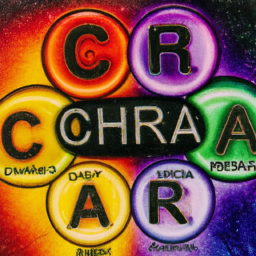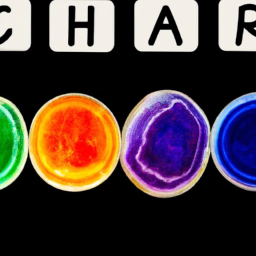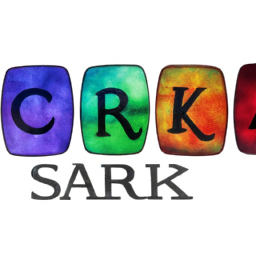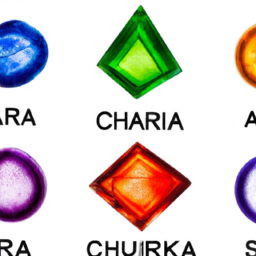
Chakras are believed to be the energy centers in our body, originating from ancient Hindu and Buddhist traditions. These energy centers are responsible for the flow of vital life energy known as “prana” or “chi” throughout our body. The word “chakra” comes from the Sanskrit word meaning “wheel” or “disk”, and it symbolizes the spinning and circular motion of energy within our body.
The history of the 7 chakras can be traced back to early Hindu texts known as the Vedas, which are said to be over 5,000 years old. The Vedas describe these energy centers as being the vital source of life energy, responsible for our physical, emotional, and spiritual well-being. It is believed that when these chakras are in balance, we experience optimal health and harmony in all aspects of our being.
The 7 chakras are placed along the central channel, or “sushumna”, which runs from the base of our spine to the top of our head. Each chakra has a corresponding color, symbol, and element, and they are all connected to specific physical, emotional, and spiritual functions in our body.
The 7 Chakras and their significance:
1. Root Chakra (Muladhara)

- Color: Red
- Element: Earth
- Physical function: Survival, stability, and security
- Emotional function: Grounding and connection to our roots
- Spiritual function: Our foundation and connection to the physical world
2. Sacral Chakra (Svadhisthana)

- Color: Orange
- Element: Water
- Physical function: Sexuality, creativity, and pleasure
- Emotional function: Emotional balance and nurturing
- Spiritual function: Connection to our emotions and relationships
3. Solar Plexus Chakra (Manipura)

- Color: Yellow
- Element: Fire
- Physical function: Digestion and metabolism
- Emotional function: Self-confidence and personal power
- Spiritual function: Connection to our inner strength and willpower
4. Heart Chakra (Anahata)

- Color: Green
- Element: Air
- Physical function: Heart and circulatory system
- Emotional function: Love, compassion, and forgiveness
- Spiritual function: Connection to our higher self and universal love
5. Throat Chakra (Vishuddha)

- Color: Blue
- Element: Ether/Space
- Physical function: Communication and self-expression
- Emotional function: Speaking our truth and authenticity
- Spiritual function: Connection to our intuition and divine guidance
6. Third Eye Chakra (Ajna)

- Color: Indigo
- Element: Light
- Physical function: Brain and nervous system
- Emotional function: Intuition, imagination, and wisdom
- Spiritual function: Connection to our higher consciousness and spiritual insight
7. Crown Chakra (Sahasrara)

- Color: Violet/White
- Element: Thought
- Physical function: Pineal gland and upper brain
- Emotional function: Connection to the divine and spiritual consciousness
- Spiritual function: Enlightenment and connection to the universe
As we can see from the significance of each of the 7 chakras, they play a crucial role in our physical, emotional, and spiritual well-being. It is believed that when one or more chakras are blocked or out of balance, it can lead to physical or emotional issues in our body. Therefore, maintaining a healthy flow of energy throughout these energy centers is essential for our overall health and vitality.
In recent years, the concept of chakras has gained popularity in the Western world, and many holistic healing practices revolve around balancing and unblocking these energy centers. Practices such as yoga, meditation, Reiki, and acupuncture are known to help bring balance and harmony to the chakras.
In conclusion, the history of the 7 chakras dates back to ancient civilizations, and it has stood the test of time. The significance and impact of these energy centers on our well-being are undeniable. So, let us all strive to keep our chakras in balance and experience the full potential of our physical, emotional, and spiritual selves.





Great read!
TrevorLeeson: Very informative
Great resource for exploring the principles of chakra energy!